Creating a D&D campaign is a long process, in this part we will discuss the second step: hooking your players.
Last time we discussed how you should start creating your campaign. The first step is to have an idea.
Now, let’s continue our D&D campaign-building process!
In any creative process, there’s an effective way that we’ll be using because it’s commonly used when writing. Whether you’re writing a novel or just imagining something innovative.
In order to make any creative process faster and more time-efficient, you should go from General to Specifics.
When building a D&D campaign, you’ll find yourself having to go back and refine certain aspects that you didn’t think before, so the story makes sense.
As a DM, you run the campaign linearly: first this, then this, then this, then that. Voilá.
Step 1: Hook ’em Up
Now you should start with a vague idea. Have some idea. It can be anything you’d like!
Remember that the idea you’ll be now proposing is just about the Adventure Hook, not the Adventure itself. An Adventure Hook is used to connect the players to the world, or to introduce them into a living environment that they might or might not know beforehand.
With that in mind, the idea you’ll be proposing for this step, must be in line with what you thought of in the First Part of the Series.
For example, if you said your world would be medieval themed, then don’t propose an adventure hook idea that uses futuristic elements. You get the idea…
If you’ve heard about the term called “Railroading”, well, this is where you really could railroad your players. This is your chance to control the outcome of the story, because it’s the beginning and it will set the mood for the campaign.
By the way, Railroading means that the players are going to do 100% what you want them to do, like when someone travels by train. The train follows its railroads 100% of the time and doesn’t deviate from its original course.
As I mentioned in the last paragraph, this is where you COULD railroad them, and this is your chance to control THE OUTCOME of the story, not the way it’s developed.
Step 2: Backgrounds
The main idea of the Adventure Hook is to get the players involved in the game. How can you draw them into your world?
Your hook needs to be open-ended because right now you don’t have your players’ background.
As soon as you have your players describe their backgrounds, you’ll need to adapt your Hook to make it fit the story and the characters.
The players are part of the world, they’re alive and they’re in constant change and evolving every session and day of their lives. Their actions might have shaped and will shape the future of the world they’re playing in.
Immersion is very important since the beginning of the campaign. If your players are not immersed and involved in what happens in your world, they’ll feel like strangers or visitors, and won’t care much about what happens.
That could lead to the players trying to kill an important NPC, destroying important cities or just getting bored with what you thought was going to be fun. You’re responsible for that, and if you’re putting some hours thinking, designing and creating a world, I bet you don’t want that to happen!
Step 3: Creating a Hook
This is the main part of the article, but also the shortest and most concise.
Don’t sit now and try to come up with “the best idea” and jam it all through… don’t try to solve the puzzle at once!
When the moment comes, inspiration will flow through your mind and veins. That’s when you should write it down.
It can be something as simple as “someone gets murdered”. Then you have to fill the gaps (or let your players and their backgrounds fill it as they start describing themselves and their actions/reactions to the world itself).
You just have to give them reasons to be interested and participate in your world. That’s it. Don’t try to force them to do things they wouldn’t normally do. Just let them roleplay and do what their character would do in a situation like that.
In that way, they’ll be playing the campaign, not you (pssst! they are the player characters).
As I did in the previous part of the series, I’d love to recommend you get an Everlast Notebook.
The Everlast Notebook is a notebook that can be erased and re-used infinitely.
Basically you can buy one and use it for your D&D campaigns forever! If you’re a DM you can store all your precious campaign information, as well as magic items, notes for you when DMing, and much more.
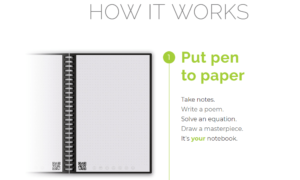
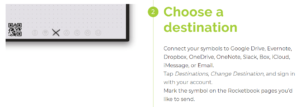
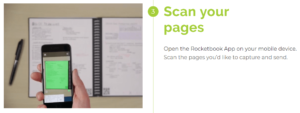

Final Words
Creating a campaign is a process that will keep you engaged for many hours. However, that doesn’t mean that your players will like it. They are not you and they might have different tastes or preferences. Keep in mind that they are the players and they must interact with it.
Make it fun and enjoyable for everyone (not just for you). Sometimes simpler adventures are better.
Follow me on Facebook & Twitter to keep in touch and be notified whenever a new post goes live!
This blog post might contain Amazon affiliate links. If you buy an item, Amazon will pay me a small percentage of what you pay for your produc. In that way, you’ll be helping sustain my blog and ensure these useful posts keep coming. Much appreciated!
Also, if you have any question or would like to add anything please leave me a comment in the comment section down below. I’ll reply ASAP!




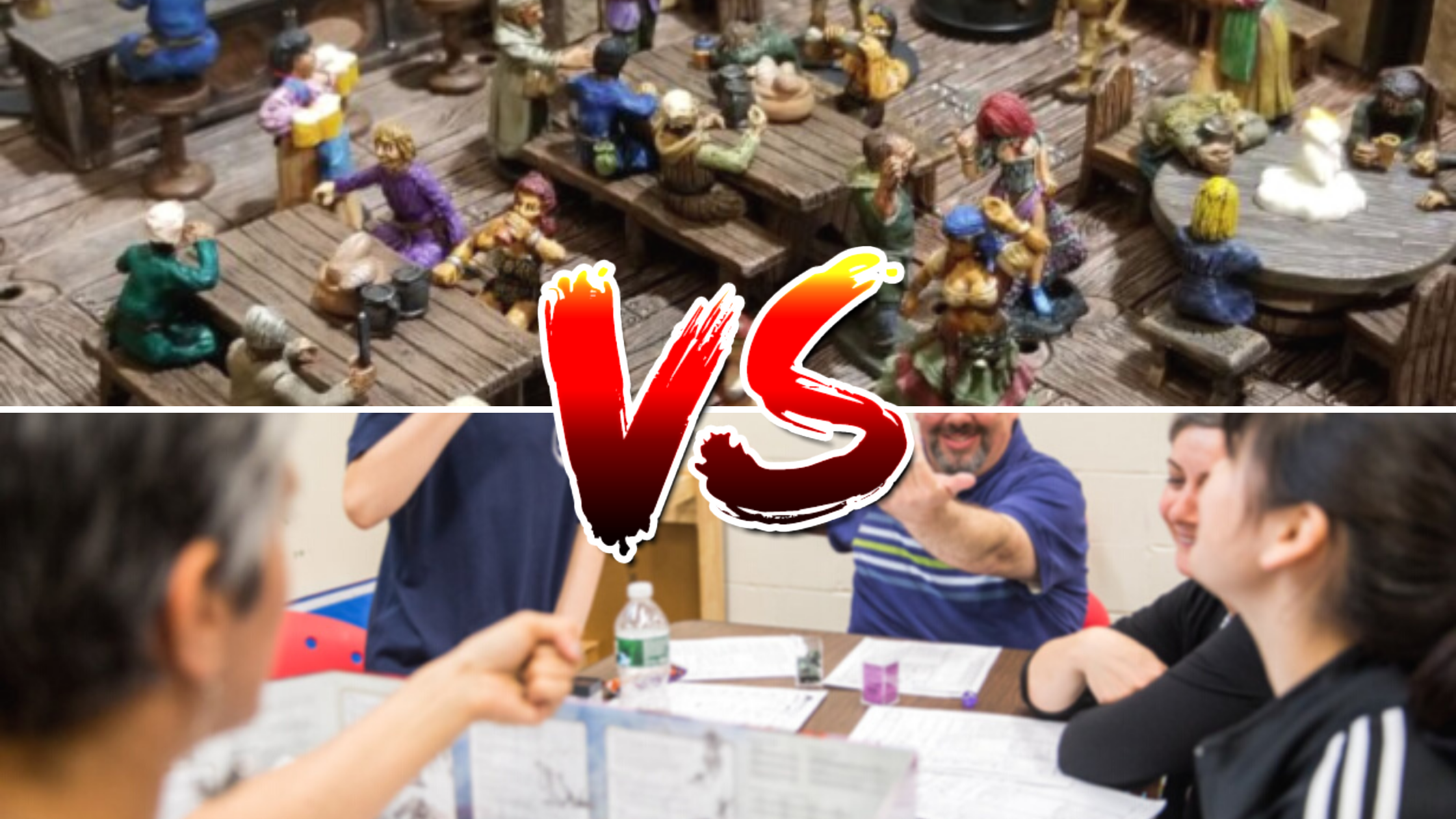
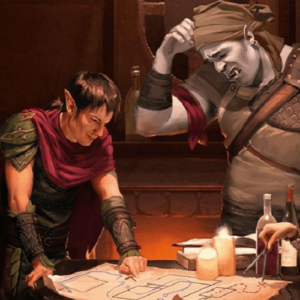
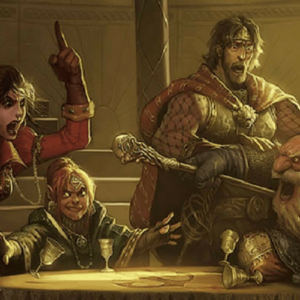
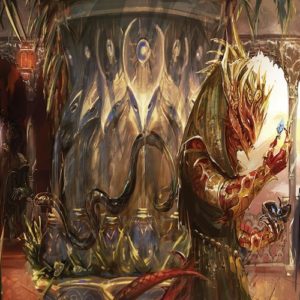
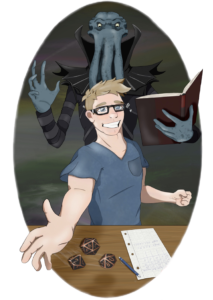
Leave a Reply